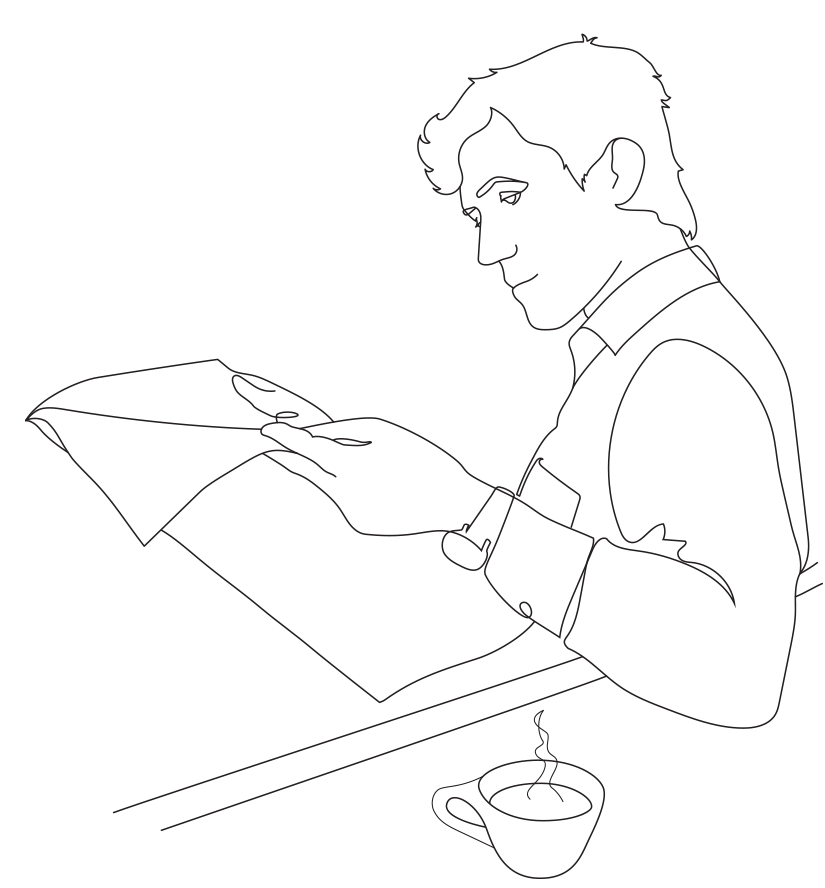
The Messiah would be a willing sacrifice
The story of the Akedah in Genesis 22 has many clues about the future Messiah.
by Jews for Jesus | January 01 2018
Reference: Genesis 22:1–18
Fulfillment: John 3:16, Hebrews 11:17–19
Genesis 22 is one of the strangest stories in Scripture. Most of the chapter is taken up with the Akedah, the story of the Binding of Isaac. This portion is read every year on Rosh Hashanah (the Jewish New Year), and has spawned innumerable sermons, ponderings, head-scratchings, and midrashic lessons.
The Akedah recounts how God called to Abraham and gave him this perplexing command: “Take your son, your only son Isaac, whom you love, and go to the land of Moriah, and offer him there as a burnt offering on one of the mountains of which I shall tell you” (Genesis 22:2). It is especially strange because the Bible forbids human sacrifice. Nevertheless, Abraham takes Isaac, goes up the mountain, binds Isaac on the altar, raises the knife to slay his son, and is only stopped when the angel of the Lord cries out, “Do not lay your hand on the boy or do anything to him, for now I know that you fear God, seeing you have not withheld your son, your only son, from me” (Genesis 22:12). And as Abraham looks up, he sees a ram in the bushes which becomes the actual sacrifice in place of Isaac.
Tantalizing clues are scattered in this chapter that all may not be as it seems at first. En route, Abraham tells his servants, “Stay here with the donkey; I and the boy will go over there and worship and come again to you” (Genesis 22:5). Was that a ruse or did Abraham know something? Then, as Isaac wonders why there is no lamb for the burnt offering, his father tells him, “God will provide for himself the lamb for a burnt offering, my son” (Genesis 22:8). Again: was that a lie, or a genuine hope?
Marc Chagall was one of the pre-eminent Jewish painters of the twentieth century, whose stained-glass windows famously adorn the Hadassah Hospital in Jerusalem. He also painted numerous biblical scenes, one of which is entitled, “The Sacrifice of Isaac.” There, we see Abraham with raised knife – Isaac bound to the altar, in yellow – the angel of the Lord stopping Abraham, in blue – and the ram in the bushes, in green. And then at the upper right, we see Jesus carrying the cross, in brown – with red paint falling from there onto Abraham, suggestive of blood.
What could it mean? Chagall was not a believer in Yeshua. Yet he saw a connection between Jesus and the Jewish people, and perhaps between the New and the Old Testaments. For Chagall, Jesus was not the Messiah but a symbol par excellence of Jewish martyrdom. Yet The Sacrifice of Isaac suggests something that perhaps Chagall also reflected on.
God offered His only son.
In the New Testament’s Gospel of John, the famous verse 3:16 reads: “For God so loved the world, that he gave his only Son, that whoever believes in him should not perish but have eternal life.” As Abraham was called to offer his son Isaac, his “only son,” so God offered His only son. As Abraham loved God and so obeyed Him, God loved the world. The sparing of Isaac at the end of the story enabled God’s promises to continue to be fulfilled through Isaac and through Isaac’s son Jacob. For if Isaac had indeed been sacrificed, the promises God made to Abraham in Genesis 12:3 could never have been fulfilled. In a twist on that, it was because Yeshua actually was sacrificed that those promises are now fulfilled for the entire world. (See comments to Genesis 12:3). The Akedah is a mirror in which we can see Yeshua, and perhaps it is even there in the Bible for just that reason.
In the New Testament book of Hebrews 11:17–19, we read that, “By faith Abraham, when he was tested, offered up Isaac, and he who had received the promises was in the act of offering up his only son, of whom it was said, ‘Through Isaac shall your offspring be named.’ He considered that God was able even to raise him from the dead, from which, figuratively speaking, he did receive him back.”
Could it be that Abraham’s faith in God’s promises was so sure that he believed, hope against hope, that Isaac would survive to see those promises come to fruition? And there lies another connection to Jesus: if Isaac, was figuratively “raised from the dead,” Yeshua literally rose from the dead, ensuring the fulfillment of God’s promises.




